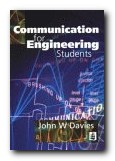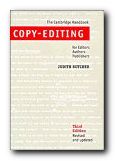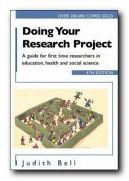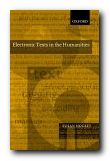writing and speaking skills for science and engineering
Are science and engineering students in special need of help with their writing skills? This seems to be a generally held belief, and John Davies takes it as the starting-point for this manual. His approach is to divide the writing task into discrete topics, each of which he treats in separate chapters. He covers Sentences, Grammar and Style, Technical Information, Laboratory Reports, Projects, and even Spoken Presentations, Job Applications, and Interview Techniques.
 The general approach is to offer sound, sensible advice, and he points out that there are few absolute rules. The way to improve your writing, he suggests, is “to think about what you write”. This is good advice, in whichever branch of engineering [or science] it might be applied.
The general approach is to offer sound, sensible advice, and he points out that there are few absolute rules. The way to improve your writing, he suggests, is “to think about what you write”. This is good advice, in whichever branch of engineering [or science] it might be applied.
He offers brief exercises (with answers) in each chapter, and I would guess that a first or second-year engineering student would find his avuncular tone reassuring. However, some sections – those on word-processors and examinations for instance – skip over the issues rather rapidly.
In this sense the strength of a book which covers so many topics in such a short space could also be construed as its weakness. However, on balance I suspect that the students at whom it is aimed are likely to be overwhelmed by a more encyclopaedic approach. Davies’ light touch should encourage them to adopt good practices and pursue the finer details in further reading which is given at the end of each chapter.
© Roy Johnson 2000
John W. Davies, Communication for Engineering Students, London: Longman, 1996, pp.167, ISBN: 0582256488
More on writing skills
More on online learning


